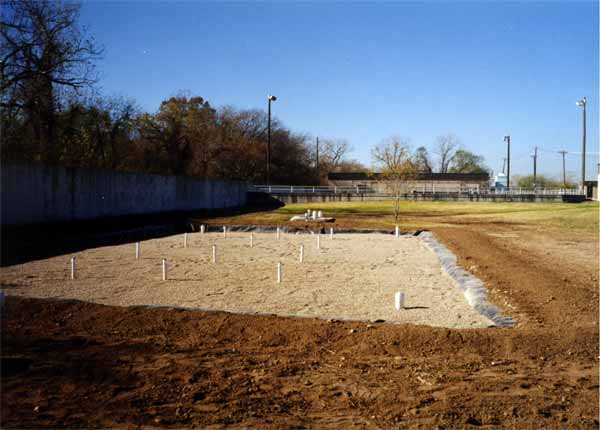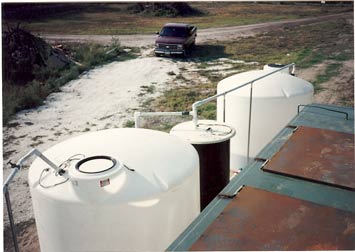 City of Austin, Texas
City of Austin, Texas
Like many municipalities in the U.S., the City of Austin, Texas has for the past few decades been challenged with continuing to provide cost-effective and appropriate infrastructure and services to increasingly spread out suburban and semi-rural areas around the City. Austin is particularly challenged with this because the western half of the City is characterized by very rocky hills, with large portions of the City’s service areas overlying the Edwards Aquifer. Sensitive watersheds are scattered throughout the area, with the Lower Colorado River running through the middle of downtown Austin. The City has implemented a variety of land use protection measures and purchased conservation lands or development rights to help prevent adverse impacts to water quality of the Edwards Aquifer and surface waters in the area. The use of conventional gravity wastewater collection systems to the west of the City usually necessitates cutting through massive limestone rock and/or using multiple lift stations to convey sewage to one of the City’s municipal wastewater treatment facilities. Further, it was recognized by city planners and politicians that providing conventional wastewater service tends to lead to intense development in areas where there has been an interest in preserving water quality and the natural hill country setting. Read More…
 Water Environment Research Foundation
Water Environment Research FoundationThis nationwide study was performed for the Water Environment Research Foundation in Alexandria, Virginia.
CES was the lead firm for a multi-disciplined team of scientists, engineers, and decentralized wastewater systems operations specialists who collected information for and evaluated the performance of large/community scale decentralized wastewater systems nationwide. Systems with design flows ranging from 5,000 to 50,000 gallons per day, and with at least five years of service/operation were evaluated in the study. A wide range of combinations of collection, treatment and dispersal methods were studied in the project. Read More…
 Development & Testing of an Innovative/Alternative and Low Cost Method for Septage Dewatering
Development & Testing of an Innovative/Alternative and Low Cost Method for Septage Dewatering
Work on this two-year state-funded research project included process development, design and construction of system components, project management and contract administration for a low cost natural method of filtering domestic septage. Recognizing the need for low-cost septage treatment methods, Community Environmental Services, Inc. developed and carried out a two-year research project beginning in 1993 to evaluate the use of waste wood chips for pre-treating raw septage, and the beneficial reuse of composted filtered septage and wood chips. The project demonstrated a method for dewatering and filtering septage that utilizes waste wood chips. The spent batches of wood chips and biosolids were composted, and the filtrate from the treatment process was found to be of a quality suitable for certain types of reuse with very little additional treatment. Several U.S. patents reference this research work.
Read More…
